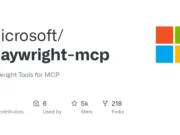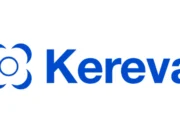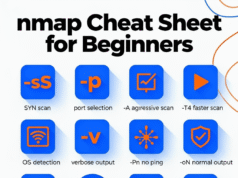The blog post “Chrome Browser Exploitation, Part 1: Introduction to V8 and JavaScript Internals” provides foundational insights into browser internals and tools critical for analyzing JavaScript engine behavior.
Below is a detailed overview of key tools and their functions in V8 research:
1. Debugging Tools (d8 and %DebugPrint)
The d8 developer shell is V8’s debugging interface, enabling researchers to execute JavaScript code and inspect memory structures. Key features include:
- %DebugPrint(): Prints detailed metadata about JavaScript objects, including their HiddenClass (Map), properties, elements, and memory offsets1.
- %DebugPrintPtr(): Examines specific memory addresses to view descriptor arrays, transition trees, and object relationships1.
These commands help visualize how V8 stores objects, tracks property transitions, and manages optimization paths like Fast vs. Slow Properties.
2. WinDBG For Memory Analysis
WinDBG is used to analyze V8’s heap memory structures during runtime. Key applications include:
- Pointer Tagging/Compression: V8 optimizes pointers by tagging the least significant bits (LSB) to differentiate between integers and object pointers. WinDBG reveals raw memory contents, requiring manual adjustment (e.g., masking LSBs) to resolve valid addresses1.
- Memory Forensics: Inspects JSObject layouts, Maps, and property/element arrays to identify vulnerabilities like type confusion or memory corruption1.
3. V8 Source Code And Torque
V8’s Torque language defines object layouts and runtime behaviors. Researchers analyze:
- /src/objects/map.h: Details HiddenClass structures, including transitions and descriptor arrays.
- /torque-generated/src/objects/*.tq.inc: Specifies property offsets and object types1.
Understanding these components helps reverse-engineer optimization decisions (e.g., SMI vs. DOUBLE_ELEMENTS arrays).
4. Indicium Tool
Mozilla’s Indicium visualizes Map transitions, showing how HiddenClasses evolve as properties are added or deleted. This aids in identifying shared shapes and transition trees critical for exploit primitives1.
5. Compiler Pipeline Analysis
Tools like TurboFan and Ignition (V8’s JIT compiler and interpreter) are studied via:
- Bytecode Inspection: Using
--print-bytecodeflags to view Ignition-generated bytecode. - Optimization Logs: Tracking speculative optimizations and deoptimization triggers with
--trace-optand--trace-deopt1.
These tools collectively enable researchers to:
- Identify type confusions via mismatched HiddenClasses.
- Exploit memory corruption in unoptimized code paths.
- Reverse-engineer JIT compiler logic for bypassing security checks.
By mastering these tools, researchers gain the ability to dissect V8’s complex internals, a prerequisite for discovering and exploiting browser vulnerabilities1.
This toolkit forms the backbone of Chrome exploitation research, bridging theoretical knowledge of JavaScript engines with hands-on vulnerability analysis.












%20Works.png)




